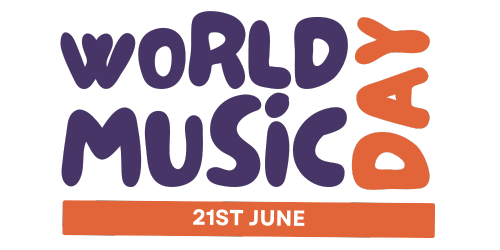Subtotal: £0.49
For primary/elementary teachers without a formal background in music, introducing music education into the classroom might seem daunting. However, with the right tools and approach, any teacher can effectively incorporate music into their teaching practice. This guide provides basic strategies and ideas for non-specialist educators to get started with music education, aiming to build confidence and inspire both teachers and students.
Understanding the Basics
1. Familiarize Yourself with Basic Concepts: Start with understanding basic music concepts such as rhythm, melody, harmony, and dynamics. Numerous online resources, workshops, and courses are designed for educators looking to build their foundational music knowledge.
2. Learn Simple Instruments: Instruments like the recorder, ukulele, or percussion instruments (e.g., tambourines, shakers) are great starting points. They are relatively easy to learn and can be effectively used to teach students basic musical skills.
Integrating Music into Daily Teaching
3. Singing in the Classroom: Singing is one of the simplest ways to integrate music. Start your day with a welcome song, use transition songs to move between activities, or teach subject matter through educational songs.
4. Rhythmic Activities: Use clapping, tapping, and percussion instruments to explore rhythms. Rhythmic activities can be linked to mathematical concepts like counting, fractions (whole notes, half notes), and patterns.
5. Simple Composition Projects: Encourage creativity by having students create their own rhythms or melodies. Start with basic structures, like composing a short rhythm pattern or a simple melody using a pentatonic scale (a scale with five notes per octave).
Using Technology and Resources
6. Educational Music Apps and Websites: Leverage technology to complement your music lessons. Apps like GarageBand, for creating music, or websites with interactive lessons and games can make learning fun and accessible.
7. Online Tutorials and Videos: Use YouTube and other educational platforms to find tutorials and music lessons. These can be great tools for both you and your students to learn new songs, instruments, and music theory.
Creating an Engaging Music Environment
8. Interactive Music Listening Sessions: Regularly dedicate time to listening to various genres of music. Discuss different elements of music, the emotions they evoke, and any cultural or historical context. This can be a great way to appreciate music’s diversity and impact.
9. Collaborative Music Making: Foster a sense of community by encouraging group music-making activities. This can include ensemble performances with simple instruments, group singing, or using digital tools to create music collaboratively.
Overcoming Challenges
10. Start Small and Build Confidence: Begin with short, simple music activities and gradually introduce more complex concepts as you and your students become more comfortable.
11. Seek Support and Collaboration: Collaborate with music educators within your school or online communities. They can offer advice, resources, and support to help you integrate music into your teaching.
12. Encourage Student Leadership: Identify students with musical interests or experience and encourage them to share their skills with the class. This can include leading a song, demonstrating an instrument, or helping to organize a music-related project.
Conclusion
Music education is a valuable and enriching part of the primary/elementary curriculum, and you don’t need to be a specialist to make it a part of your classroom. By starting with the basics, utilizing available resources, and gradually building your confidence, you can create a vibrant and inclusive musical environment that benefits all students. Remember, the goal is to foster a love for music and encourage creative expression, not to achieve technical perfection.

